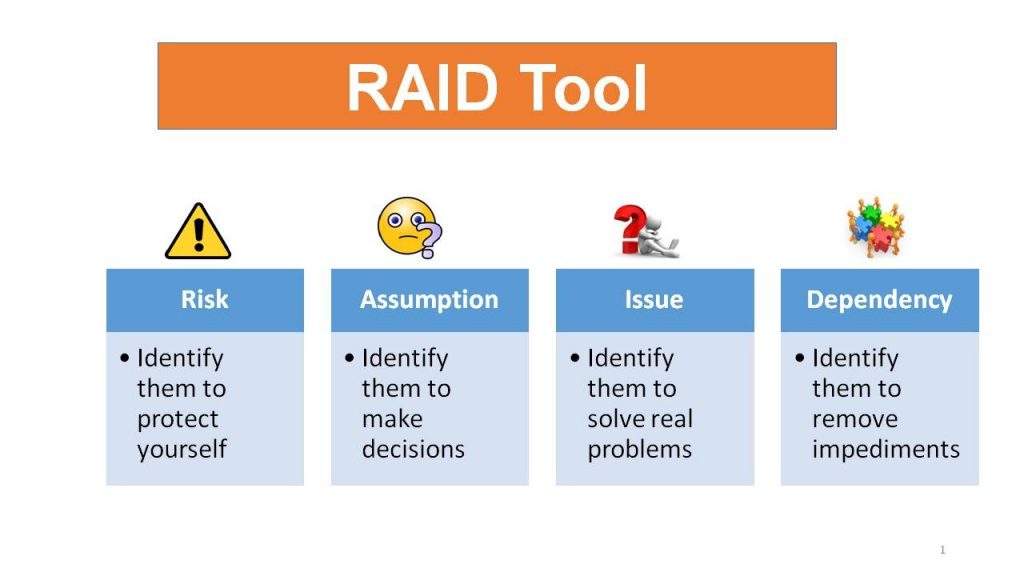
The term “RAID” was invented by David Patterson, Garth Gibson and Randy Katz at the University of California in 1987. They argued at a conference that the top-performing mainframe disk drives of the time could be beaten on performance by an array of the inexpensive drives that had been developed for the growing personal computer market. Although failures would rise in proportion to the number of drives, by configuring for redundancy, the reliability of an array could far exceed that of any large single drive.
What is meaning of the term RAID?
RAID stands for Redundant Array of Independent Disks. It says that in personal computers and other mainframe computers an arrangement of several hard drives acts as a single drive. RAID provides data severance by storing the same data twice on multiple hard disks. Data redundancy means that if one part of the system fails, no data is lost. As technology it increases the performance of computers because of the scientific data storage. Data is utmost important in today’s business because it helps the managers understand and improvise on business processes in right time. Successful business leaders have always relied on some form of data to help them make decisions.
RAID increases reliability of data storage. Data is distributed across the drives in one of several ways, referred to as RAID levels, depending on the required level of redundancy and performance. The different schemes, or data distribution layouts, are named by the word “RAID” followed by a number, for example RAID 0 provide protection against unrecoverable sector read errors, as well as against failures of whole physical drives.
Although not yet using that terminology, the technologies of the five levels of RAID named in the June 1988 paper were used in various products prior to the paper’s publication, including the following:
Mirroring (RAID 1) was well established in the 1970s including, for example, Tandem Nonstop systems. Tandem Computers, Inc. was the dominant manufacturer of fault-tolerant computer systems for ATM networks, banks, stock exchanges, telephone switching centres, and other similar commercial transaction processing applications requiring maximum uptime and zero data loss. Now Tandem is a part of Hewlett Packard.
In 1977, Norman Ken Ouchi at IBM Computers filed a patent disclosing what was subsequently named RAID 4. RAID 4 is a RAID configuration that uses a dedicated parity disk and block-level striping across multiple disks. Because data is striped in RAID 4, the records can be read from any disk.
In 1986, Clark et al. at IBM filed a patent disclosing what was subsequently named RAID 5. RAID 5 is the most common secure RAID level. It requires at least 3 drives but can work with up to 16. Data blocks are striped across the drives and on one drive a parity checksum of all the block data is written.
The most common types are RAID 0 (striping), RAID 1 (mirroring) and its variations, RAID 5 (distributed parity), and RAID 6 (dual parity). RAID levels and their associated data formats are standardized by the Storage Networking Industry Association (SNIA) in the Common RAID Disk Drive Format (DDF) standard.
What are the common types of RAID?
RAID analysis focuses on four key areas:
Risks:
Unforeseen events that can have an adverse impact if they occur. Cash flow interruption, Intellectual property lawsuit because of stolen data, natural disaster, cyber crime frauds, data frauds etc can ruin a business.
Assumptions:
In business functions things you assume are in place which contributes to the success of the project. Most companies enlist R&D and product development groups to find the next big thing that grows the business and creates competitive advantage. So if someone is sitting in HR, Legal, Finance, Marketing, or other internal functions, finding “disruptive innovation” can feel like a daunting challenge.
Issues:
Current matters that need to be considered and addressed by the group. Uncertainty about the future, Financial management, Monitoring performance, Regulation and compliance, Competencies and recruiting the right talent, Technology, Exploding data, Customer service are very important for growing revenues.
Dependencies:
In an organization at a time many projects are handled and projects are interdependent; dependency exists when an output from one piece of project is needed in another. An example of a dependency in a building project might be that the architectural diagrams need to be complete before the foundations can be laid. Managing inter-dependencies is critical to ensuring projects, regardless of their size and volume, they must run smoothly. It is the project manager’s responsibility to record, monitor, and manage these dependencies.
Why RAID analysis is important?
A RAID analysis is a best practice for effective project management and is one of the easiest and most practical tools organizations can apply. They can use it to perform a broad environmental scan during the initial planning phase, inform regular reviews can be organized to keep the project structured and on track by involving the whole team in identifying critical issues that may affect the project. All relevant matters can be assembled in one place, be proactively assessed, if need arises change project conditions and focus project efforts and resources.













































